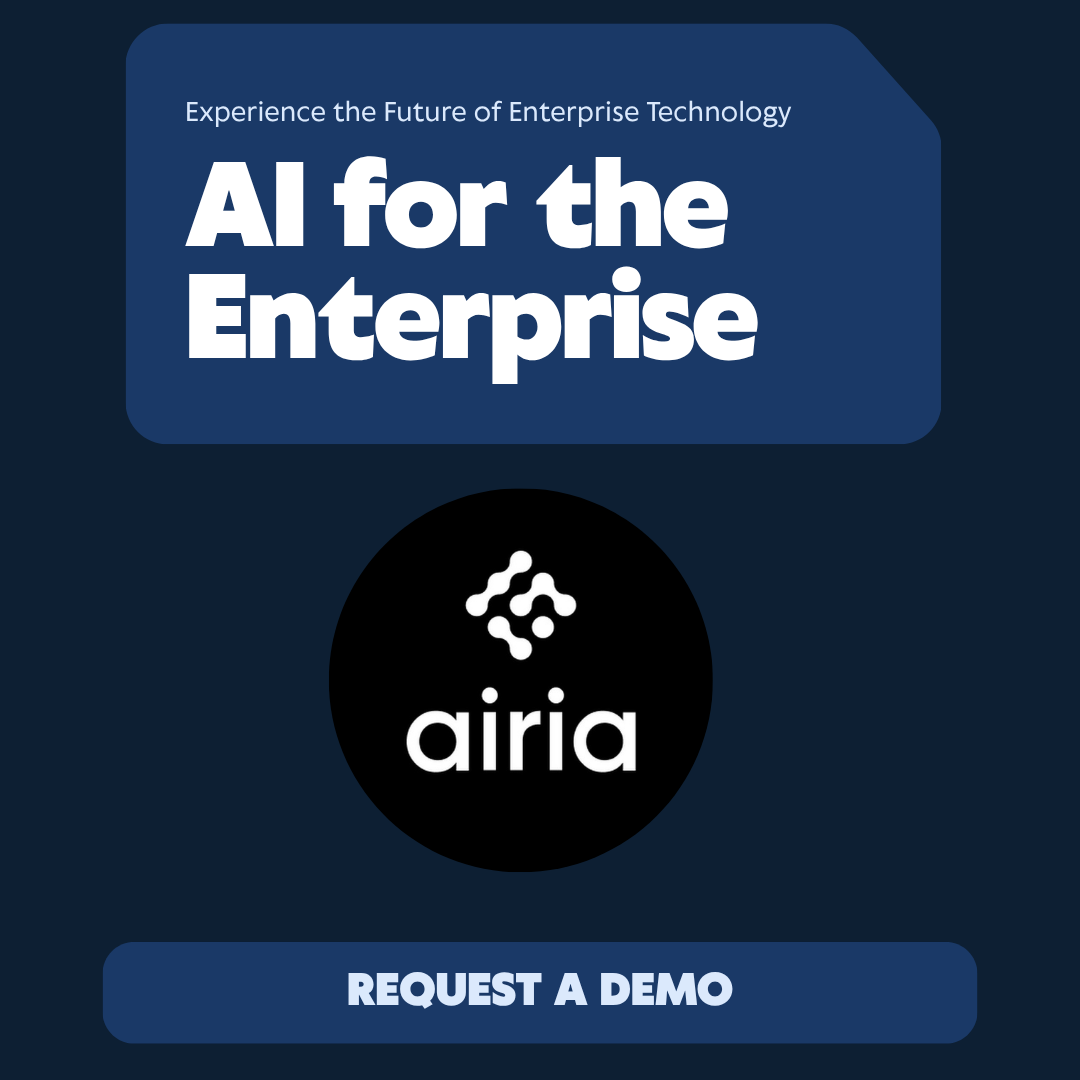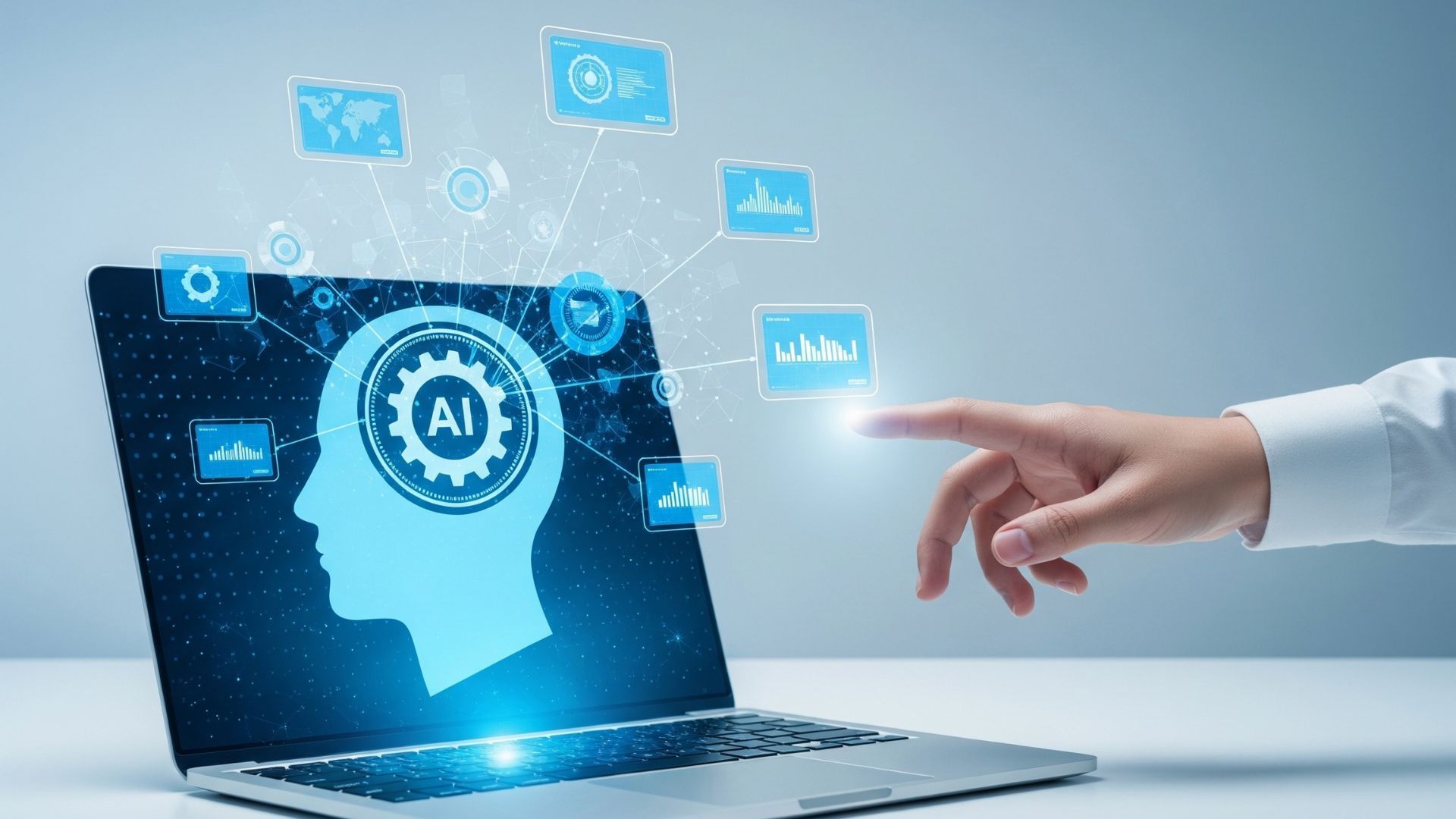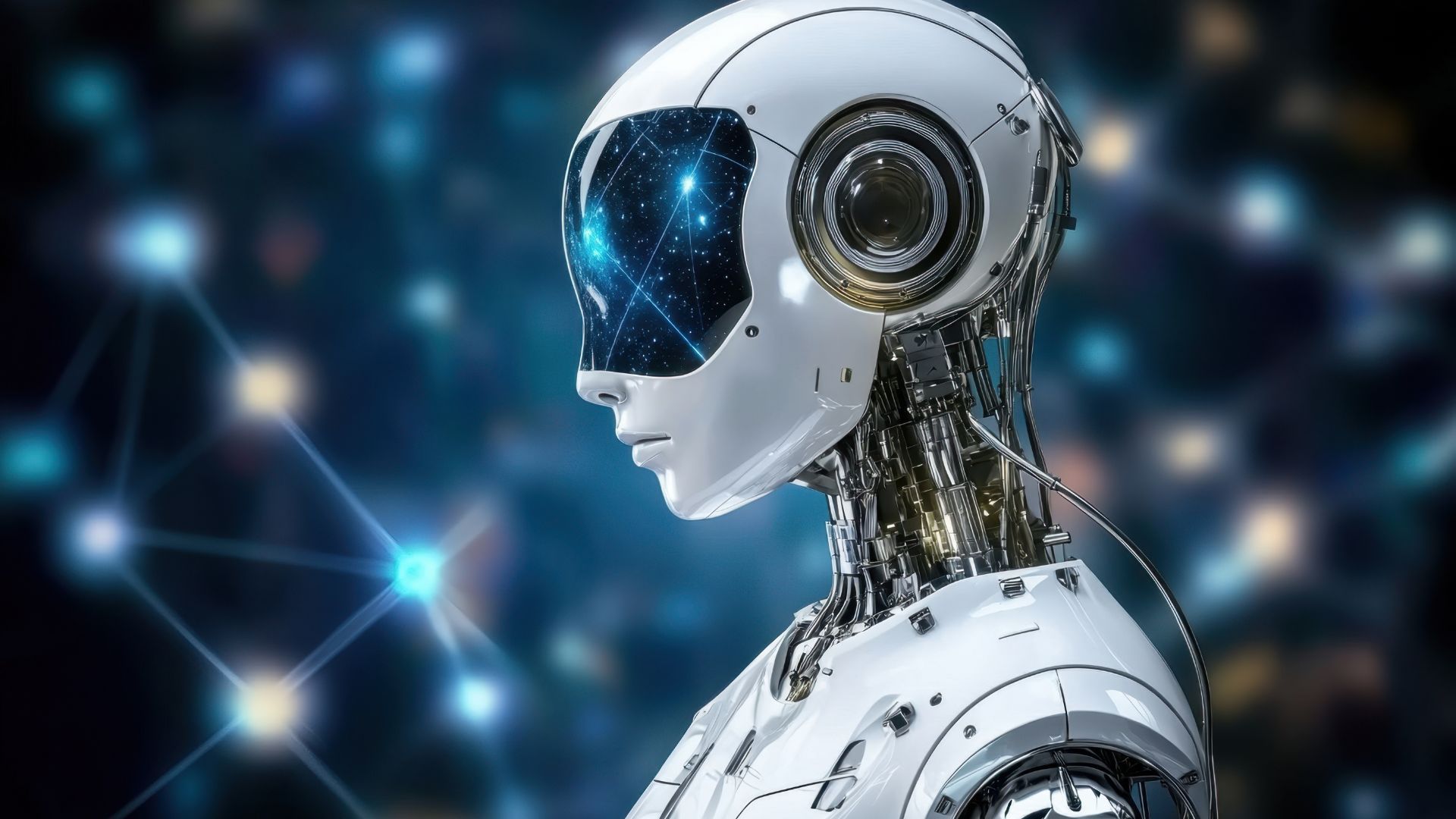How Walmart Quietly Became an AI Powerhouse
The World’s Largest Retailer
Just Got Smarter
When people think of AI innovation, they think Silicon Valley. But one of the world’s most advanced artificial intelligence ecosystems isn’t headquartered in California—it’s in Bentonville, Arkansas.
Over the past decade,
Walmart has quietly evolved into one of the most sophisticated AI-driven companies in the world. What began as a strategy to cut costs and improve logistics has become a company-wide transformation—reshaping pricing, inventory, operations, and the customer experience.
AI at the Core of
Everyday Operations
With more than
10,000 stores,
2.1 million employees, and
millions of daily transactions, Walmart generates a staggering amount of data. AI now sits at the center of how that data becomes decisions.
Inside the company, AI isn’t a side project—it’s infrastructure.
From
demand forecasting and
supply chain planning to
staff scheduling and
pricing optimization, Walmart uses machine learning to make real-time adjustments across its entire network. The result: reduced waste, faster restocks, and better shelf availability—all while keeping prices competitive.
Walmart’s internal AI applications include:
- Predicting customer demand down to individual SKUs
- Automating warehouse routing and robotics
- Real-time inventory tracking through computer vision
- Intelligent product substitution in online orders
Supply Chain Secrete Sauce
Free Distribution KPIsWalmart’s In-House
GenAI Platform
In 2024, Walmart introduced its
in-house Generative AI platform—a secure system designed to give employees across departments access to AI copilots.
Built in collaboration with Microsoft and trained on Walmart’s proprietary data, the platform helps corporate, logistics, and store associates automate repetitive tasks, summarize reports, and even generate product descriptions or communication drafts.
Key internal use cases:
- Merchandising teams use AI to plan assortments and analyze performance.
- HR teams use it to simplify job descriptions and summarize employee feedback.
- Store managers use voice-based copilots for faster task logging and updates.
By building its own GenAI environment, Walmart gains the benefits of automation without sacrificing data security or compliance—a major differentiator among global retailers.
The Power of
Computer Vision
In stores and distribution centers,
computer vision systems track inventory movement, monitor freshness in produce, and flag empty shelves before human associates notice.
These AI cameras and sensors feed continuous data back into Walmart’s digital twin—a real-time model of the retail ecosystem that allows the company to test changes virtually before deploying them physically.
The result is
invisible automation—technology that works quietly in the background to keep operations seamless.
AI and the
Customer Experience
While much of Walmart’s AI work happens behind the scenes, customers benefit from it daily.
Examples include:
- Smart Substitutions: If a product is out of stock, Walmart’s system recommends replacements based on previous orders and customer preferences.
- Personalized Recommendations: AI models analyze purchase history and real-time browsing to surface relevant items online.
- Dynamic Pricing: Machine learning algorithms ensure price competitiveness across channels in real time.
- AI Voice Ordering: Customers using Walmart’s app can now add products to carts or reorder by voice, powered by natural language processing.
Each of these touchpoints makes shopping smoother—and strengthens customer loyalty in an increasingly competitive landscape.
Sustainability and
AI Efficiency
AI isn’t just driving growth—it’s helping Walmart hit its
sustainability targets.
By optimizing delivery routes, reducing packaging waste, and forecasting demand more precisely, Walmart cuts emissions while improving margins. The company’s sustainability division now uses predictive analytics to model the environmental impact of new initiatives before rolling them out globally.
Lessons from Walmart’s
AI Strategy
Walmart’s transformation offers valuable lessons for any business leader exploring AI adoption:
1. Make AI Infrastructure, Not a Project.
Integrate AI across departments—it’s not an app, it’s a capability.
2. Own Your Data.
Walmart’s ability to train private models on proprietary data ensures both scale and security.
3. Invest in People, Not Just Platforms.
Every employee has access to AI training and copilots—turning technology into teamwork.
4. Start Quietly, Scale Quickly
Walmart built momentum through small pilots that proved ROI before expanding globally.
The Bottom Line
Walmart didn’t reinvent itself overnight—it evolved through
consistent,
data-driven innovation. By embedding AI into the fabric of its business, it has turned one of the world’s oldest retail models into a digital powerhouse.
And the quiet part? Walmart’s transformation isn’t just about technology—it’s about trust. The company’s AI strategy works because it puts people first: empowering associates, improving customer experiences, and building smarter, more sustainable operations.
That’s the real secret to Walmart’s AI success.
Gain Your Advantage
Stay ahead of how global leaders are using AI to transform business strategy.
Subscribe to GAIN Magazine for insights that help you work smarter, lead better, and build the future.















